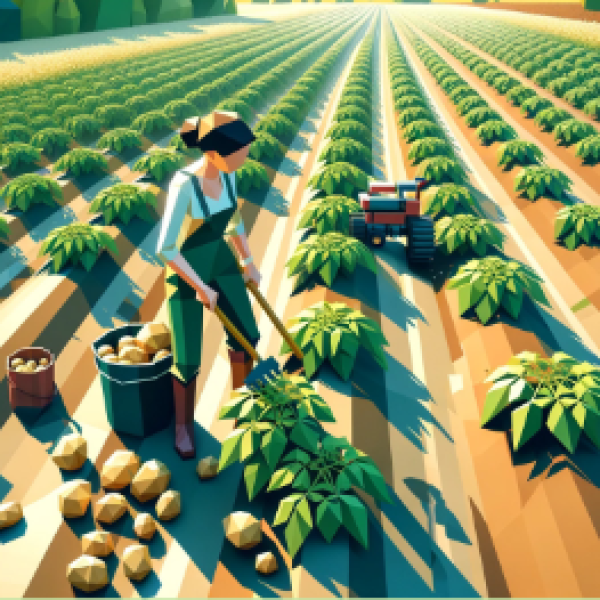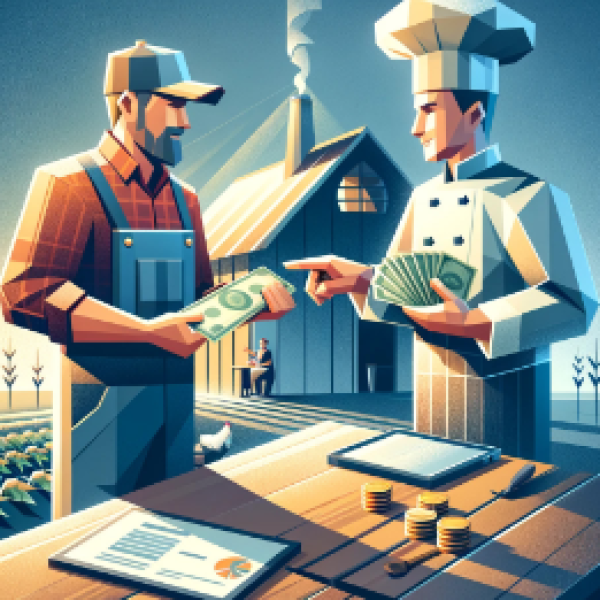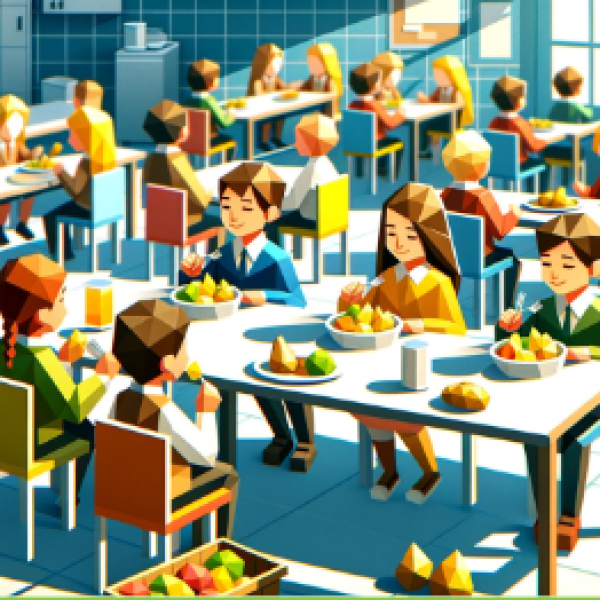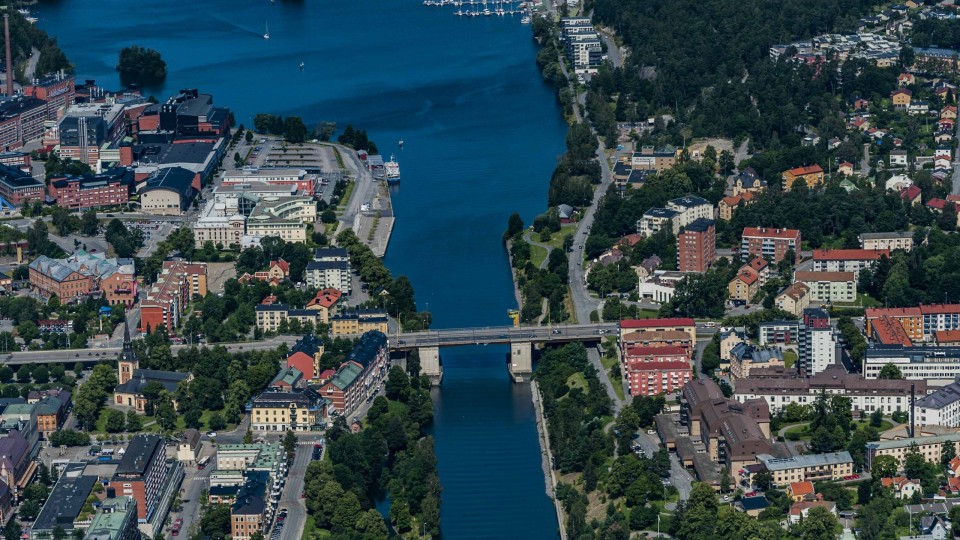Procuring and purchasing locally produced food is one way to increase resilience and crisis preparedness for the public sector. By complementing the general wholesaler contract, providing the bulk food supply for municipal food service needs, with lo-cally produced food through other procurement deals and infrastructural set-ups, redundancy and overlapping supply sys-tems can help distribute risk of interruptions at different levels. Furthermore local procurement is a way for municipalities to encourage local production, foster relations and understanding between food production and consumers, and support a thriv-ing local environment, among other things. For the producers, having a municipality or other large purchaser can provide some security and stability through the sheer quantities purchased even though the price levels may not be equivalent to oth-er customers.
There are a number of challenges to overcome to procure and purchase locally produced food. These relate to understanding what is available; what could be produced if there was a buyer; what are the needs and requirements of producers, purchasers and chefs; how to make contracts between local producers and the procuring actor; how to organise storage and deliveries; how to create opportunities for mutual learning and relationship-building while also designing a workable business model that will not require too much continuous effort for either party.
This concept includes tested tools and methods to address these challenges and create more opportunities for food producers and municipal food service to engage in local food markets.
How to do it
Suggested actions
- Collect and structure approved and existing methods to procure products and services from local food producers.
- Organize and structure (and educate, if needed) staff to create an efficient procurement-organization.
- Map and match with available local products and producers.
Local adaptations
Södertälje, Sweden
Södertälje municipality is putting effort into creating favourable conditions for local food procurement in the following ways:
- Developing and implementing a Farming Strategy, Pollination Plan, Food Supply Strategy, Food Policy, and the food concept Diet for a Green Planet. These strategies and concepts address local food from different perspec-tives and scales while providing tools and processes for the municipality to increase and encourage local and or-ganic food production and consumption.
- Mapping local food production (Södertälje Närodlat).
- Supporting small and medium sized food companies to grow sustainably through ERDF-funded MatLust’s development programmes and activities, including innovation, business development, possibility to test new food products in a public meal setting, networking opportunities and building food system knowledge.
- Implementing targets for substitution of imported products to local varieties, Local alternatives to imported products.
- Establishing a procurement group dedicated to finding solutions and secure local procurement and purchasing.
- Designing a method for communication and cooperation in collaboration with local food actors. This includes understanding each other’s terms and needs, aligning expectations and adapting procedures at both ends of the value chain.
- Learning from best practices shared by others.
KISMET Actions & Tools
Guide to direct procurement of locally produced food (Södertälje)
A step by step guide to increase procurement and purchase of locally and sustainably produced food in public kitchens.
The game "Local food for local markets" (Södertälje)
This game aims to help public actors and local food producers to develop business deals that are ecologically, so-cially and economically sustainable and to co-create a resilient infrastructure for local food.
The game was developed in a project where real actors, from farm to fork, made a transaction of locally produced organic potatoes and identified challenges and potential added values associated with local food in public meals.
While the project was funded by the Swedish agency for innovation, Vinnova, it has been adapted to an interna-tional context and translated into English within KISMET.
Related knowledge
Diet for a Green Planet
Diet for a Green Planet is a way of thinking based on a holistic perspective, more than a final answer on right and wrong. A useful guide to anyone that cooks food in public kitchens, restaurants, or private homes.
The concept applies rules of thumb, and challenges you to become creative, environmentally aware, and health-friendly at the same time.
Sustainable Public Meal Toolkit
Tools to help public meal providers increase various sustainability goals collected in the categories: strategies for change, public procurement, communication and capacity building, organic food, healthy and plant based diets, food waste, resource efficiency, and working with farmers.
MatLust test bed
Aims to bring sustainable food products & future food to the market. Four things are tested: 1) feedback and accep-tance from the guests/diners (pre-school/school children, elderly); 2) kitchen staff evaluation of properties regarding handling, cooking, etc., 3) fulfilment of regulations regarding work environment and food safety; 4) how to communi-cate new products to get acceptance and spread knowledge.






